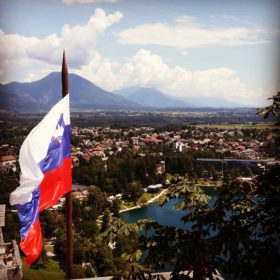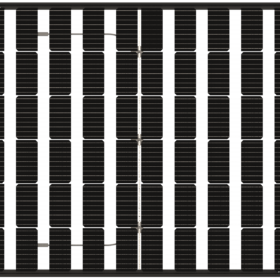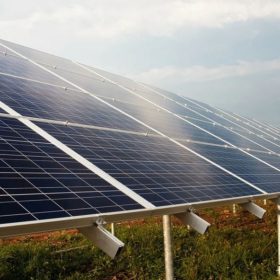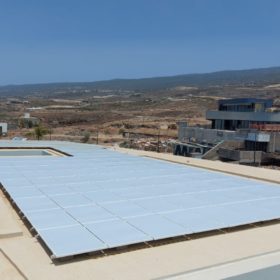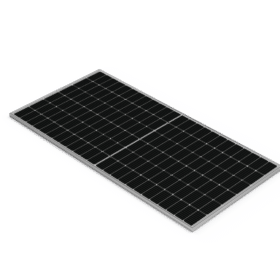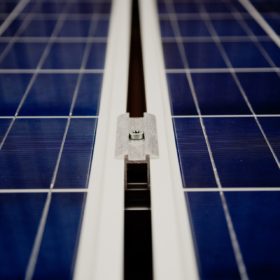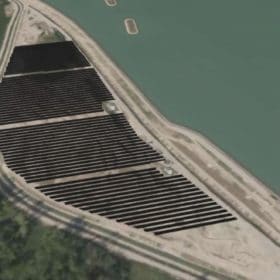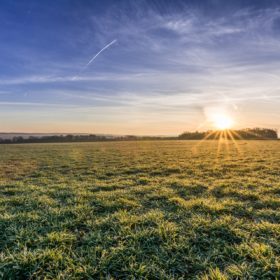Slovenia announces plan to deploy another 1 GW of solar by 2025
The plan envisages opening the Slovenian energy market to large-scale solar plants and is intended to reduce the country’s dependence on fossil fuels.
Bisol launches bifacial solar modules with 30% transparency rate for agrivoltaics, carports
The Slovenian solar manufacturer is offering its new product with outputs of 260 and 300W, respectively. Front efficiencies ranges from 13.5% to 14.0% and the temperature coefficient is -0.35% per degree Celsius.
Slovenian oil provider builds PV plants totaling 22MW in Croatia
Petrol Group is investing €17 million in the construction of three solar parks in Knin, southern Croatia. The facilities will start producing electricity at the beginning of 2023.
Commission flags up €875m renewables project fund
A call for grant proposals has been promised this month, with the bloc’s executive yesterday firing the gun on a separate exercise related to cross-border EU energy infrastructure projects.
Large-scale PV finds footing in Slovenia
HSE, a Slovenian hydropower producer, is building two new solar parks. The project locations – on the grounds of one of its facilities and on a waste landfill site – underscore the difficulty of identifying suitable surfaces for ground-mounted PV in the country.
The panel in white
Slovenian solar module manufacturer Bisol has developed a white panel with a power output of 190 W. The product is claimed to be an ideal solution for seamlessly blending with large surface buildings and maintaining their historic character.
Bisol launches half-cut module with multi-busbar tech
The new panel was conceived for applications in the rooftop segment. It features an efficiency of up to 20.5% and a power rating of 360/455 W. The Slovenian module manufacturer used 166×166 mm wafers for the new product, as it claims they currently provide the best power and size ratio.
‘There is no clear best module configuration under partial shading’
A Slovenian research team has analyzed the behavior of a full-size cell PV module and several 1/6 cell panels under partial shading and has come to the obvious conclusion that the cell cut panels suffer fewer energy losses. They also found, however, that the orientation of the cells connected in series should be aligned as much as possible with the shade shape to lower the losses and to minimize reverse cell voltage.
Slovenia’s first utility scale solar plant
A 6 MW solar park is being developed by Slovenian power provider HESS. The facility will be linked to a hydropower plant and will also rely on pumped hydro storage.
How solar parks change landscape perception
New research based on participatory photography and focus groups has shown how solar parks can change people’s landscape perception through a number of factors, not exclusively visual. According to the study, people that see landscapes in an idyllic way tend to oppose the presence of a solar park, while people with a more utilitarian concept of the rural landscape show stronger acceptance.
